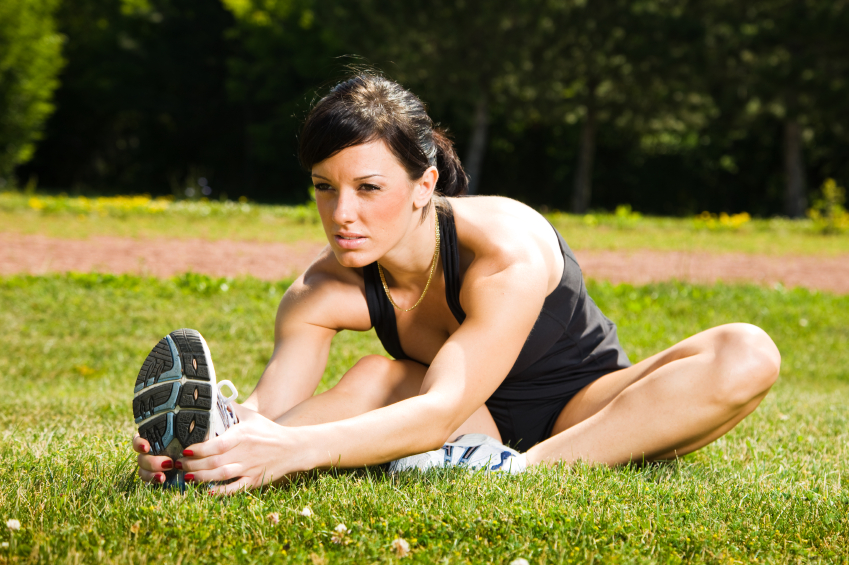
Hey Mike,
I was wondering if you've ever worked with any athletes that have/had athletic pubalgia. I actually have that on my right side and it can get extremely painful. I had to sit out three years of football because of it. I recently saw that Mario Williams the Texans defensive end suffers from it , and he is still playing the season with this injury. I asked him how he deals with the pain and he simply said "its so hard to even say." So my question is what types of things would you do with someone who has this injury. To help them deal with it? What are some exercises, anything actually that will save me from the pain I suffer from. I really want to get back into playing ball or some sport.
Thanks Mike
Steve,
Great question. While I haven't seen a ton of cases of athletic pubalgia/sports hernia myself, I've seen a ton of hip impingements on the right side. The answer is a really loaded one, but if I can make one assumption it's that your right hip external rotators/abductors ARE NOT as strong as they should be.Imagine standing on both feet, and then picking up your left foot - you SHOULD be able to maintain a fairly neutral center of gravity.
What happens if your right hip is weak is that your pelvis shifts to the right, and closes off your joint space. In other words, your right hip isn't strong enough to "push" your pelvis/hip back over towards the mid-line.
This is very common in people with a hip impingement, and I'd assume it's similar in those with a sports hernia/AP as well. In this case, instead of the hip joint getting irritated, it's the muscles that are getting overworked (i.e. your adductors) that cause the problem.
Mike Boyle has written about this pretty extensively - when he sees people with AP/sports hernia, their adductors were strained at one point in time and they were never properly treated. You have to do several things to resolve the issue:
- Treat the local dysfunction, i.e. the scarred/adhered/fibrotic adductors with soft-tissue work (SMR, ART, massage, etc.)
- Strengthen the opposing muscles, namely the glutes, in the frontal and transverse planes. Start with isolation work, and then progress to single-leg work and exercises that strengthen/stabilize the glutes in all three planes.
That's a really long-winded answer, but I hope it gives you some insight. A lot of this is conjecture without seeing you, but I'd imagine you're like a lot of the clients we see at IFAST.
If you or Mario ever want an in-person assessment, give me a call.
Read more from Mike.








